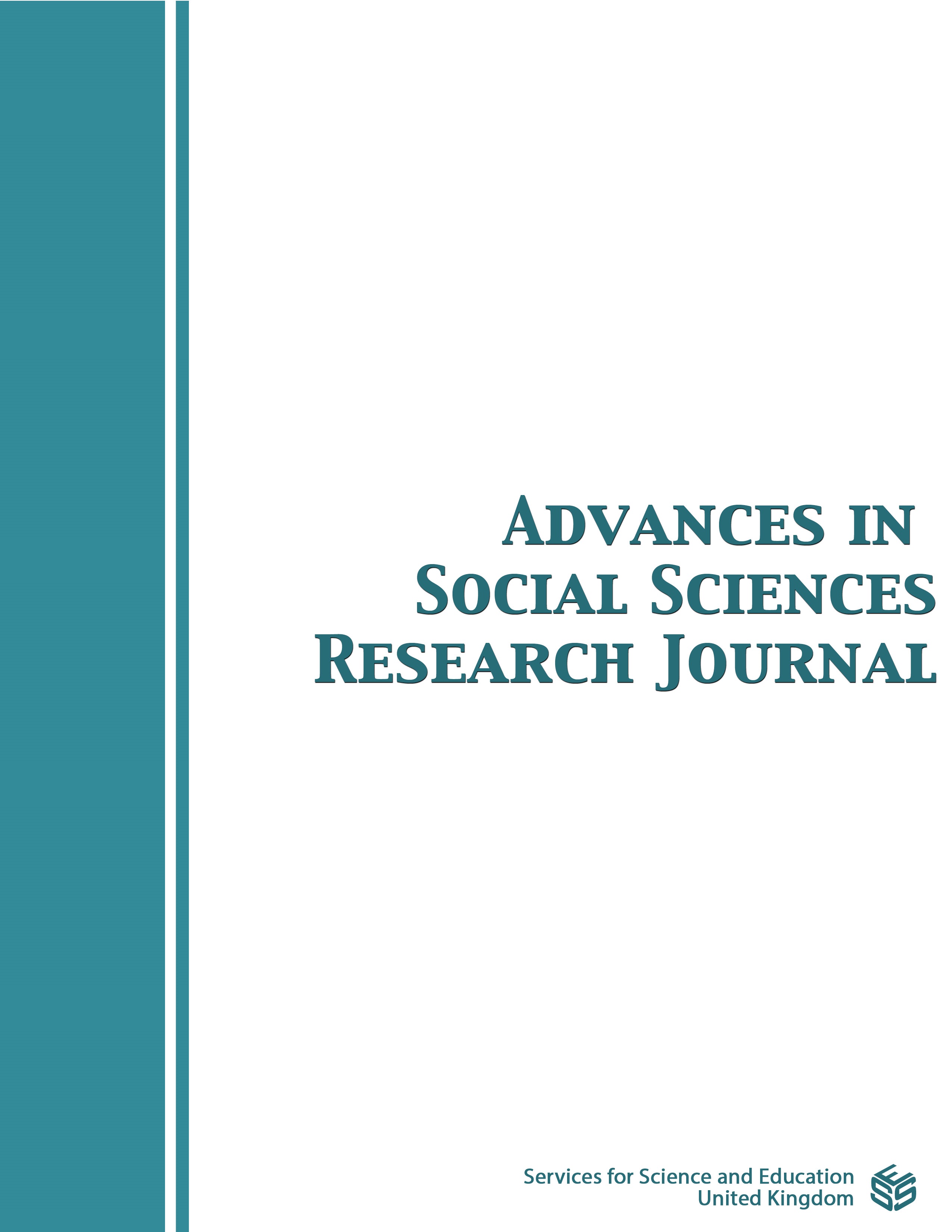Gender Bias in Indonesian Spousal Terms: Insights from an Online Survey
DOI:
https://doi.org/10.14738/assrj.1202.18246Keywords:
gender bias, spousal terms, married couples, social values, IndonesianAbstract
This study investigated gender bias in Indonesian spousal terms through an online survey of 243 participants (141 women, 102 men). The survey focused on three contexts: introducing spouses in public, addressing each other at home, and preferred spousal terms. Results showed that in public settings, women predominantly used suami (husband) and men used istri (wife), reflecting evolving attitudes toward gender equality. In private settings, however, significant differences emerged. Younger participants frequently used panggilan sayang (dear nickname), whereas older generations relied more on kinship terms such as ayah (father) and ibu (mother). Education also played a role, with those holding higher degrees favoring endearment terms more than those with only high school education, indicating a growing awareness of gender equality among educated groups. Notably, Indonesian spousal terms present specific features. For instance, panggilan sayang (dear nickname) exclusively used between spouses, signifies progress toward gender equality within the couple's relationship. Nevertheless, kinship terms such as bapak (father) and mas/akang (big brother) for husbands highlight traditional family hierarchies, reinforcing male authority and suggesting women’s subordinate roles. These patterns reveal that while spousal terms in Indonesia continue to reflect patriarchal norms, societal shifts toward gender equality are underway. Further research is needed to elucidate the underlying reasons for gender bias hidden in spousal terms across Southeast Asia.
Downloads
Published
How to Cite
Issue
Section
License
Copyright (c) 2025 Nin Ri

This work is licensed under a Creative Commons Attribution 4.0 International License.
Authors wishing to include figures, tables, or text passages that have already been published elsewhere are required to obtain permission from the copyright owner(s) for both the print and online format and to include evidence that such permission has been granted when submitting their papers. Any material received without such evidence will be assumed to originate from the authors.






